$54.97 Original price was: $54.97.$38.48Current price is: $38.48.
SKU: D2LSC 686250555 Categories: Berry Plants, FRUIT TREES & PLANTS
- Quality that lasts, prices that don't.
- Experience the difference quality makes.
- Satisfaction Guaranteed
- 100% High Quality Guarantee

Pixwell Gooseberry
Ribes hirtellum ‘Pixwell’
NOTE: As with all of our other plants and trees, all of our fruit plants are grown in containers outdoors so they are fully rooted and landscape-ready upon arrival.
Plant Details
USDA Plant Hardiness Zones: 3a-8b Find Your Zone
Ripens: Spring
Pollinators: Self Fertile, no pollinator required
Height at Maturity: 4-5′
Width at Maturity: 3-4′
Spacing: 4 feet for solid hedge; 8’+ for space between plants
Fruit Color: Green turning to Pink when ripe and ready to pick
Fruit Flavor: Tart
Fruit Size: 1/2″
Sun Needs: Full Sun to Part Shade; appreciates afternoon shade or filtered sun in hot climates
Water Needs: Average
Soil Type: Rich in organic matter
Drainage/Soil Moisture: Moist But Well Drained; prefers a consistently moist soil, especially during summer in hot climates
Soil pH: 5.0 to 7.0 (6 to 6.8 is best)
Description
Easy to grow and extremely cold hardy to USDA Zone 3 (-40F), gooseberry plants grow well in most soils and sun or part shade. ‘Pixwell’ is self-pollinating so you only have to plant one to get a bumper crop of the sumptuous, edible fruits. Produced in abundance (up to 6 quarts of fruit per mature bush), the sweet-tart fruits start out green and turn to pink when they’re ripe for picking and fresh eating or use in pies and jellies. The globe-shaped 1/2″ berries mature in mid summer on a vigorous and bushy plant that can reach 4 to 5 feet tall and 3 to 4 feet wide and doesn’t have as many thorns as other varieties. Some say Pixwell is “almost thornless,” hence the name. While the plant tolerates full sun in the northern zones it will appreciate some shade or filtered sun during the afternoon in hot climates of zone 7 and 8. What a treat!
NOTE: As with all of our other plants and trees, all of our fruit plants are grown in containers outdoors so they are fully rooted and landscape-ready upon arrival.
Landscape & Garden Uses
Growing 4 to 5 feet in height and 3 to 4 feet wide, the Pixwell Gooseberry is ideal for use as a specimen, in groupings or as a hedge in the edible landscape or along sunny to partially shaded woodland borders and other natural areas. It can also be grown in containers which can be situated on patios, decks and porches for up-close viewing and easy picking. A fine addition to the edible landscape, fruit gardens and cottage gardens.
Growing Preferences
Gooseberry plants grow best in an acidic to almost neutral, organically rich, moist but well-drained soil in full sun to part shade. Young plants prefer a consistently moist soil and established plants will tolerate periodically wet or dry soils. The more sun the better for best berry production though plants in hot areas of zones 7 and 8 will appreciate some filtered sun or shade during the afternoon in summer.
Planting: Plant as you would a blueberry bush
Feeding: We suggest feeding gooseberry plants in early spring with an organic plant food that is high in nitrogen such as Espoma Berry-Tone. Cottonseed meal is also a good source of nitrogen. Composted organic matter, such as cow manure or homemade compost, used as mulch will slowly feed plants nutrients through the season.
Watering: Young gooseberry plants will appreciate a consistently moist but well-drained soil, so provide water as needed to maintain a moist root zone. Established plants will tolerate periodically wet or dry soil.
Pruning: Pruning isn’t absolutely necessary however plants will benefit from it. Gooseberries bear fruit on 2- to 3-year-old branches, so start pruning gooseberry plants when they are 4 years old. The best time to prune gooseberries is in late winter or early in the spring when the plants are still dormant. At this time, prune to the ground any shoots that are older than 3 years of age. These oldest stems will be thicker and darkest in color with peeling bark. Any dead or damaged branches can be removed as they appear. Because gooseberry plants produces fruit at the base of the previous year’s side shoots, or on spurs on old wood or a main branch, it’s best to trim the shoots back to a point where two or three buds remain. This helps to maximize the plant’s energy directed to these buds. Any shoots growing along the ground can be removed. Suckers, which are upright shoots that grow out of the soil near the main stem, can be removed by pulling in summer, when they’re soft, but if you miss any you can cut them to the ground during winter pruning.
Plant Long & Prosper!
Meet The Wilson Brothers & Staff
Questions? Contact Us!
Be the first to review “Pixwell Gooseberry (Currant) – 1 Gallon Pot” Cancel reply
Related products
Sale!
FRUIT TREES & PLANTS
Sale!
FRUIT TREES & PLANTS
Sale!
FRUIT TREES & PLANTS
Sale!
Fig Trees
Sale!
FRUIT TREES & PLANTS
Sale!
FRUIT TREES & PLANTS
Sale!
FRUIT TREES & PLANTS
Sale!
Fruit Trees

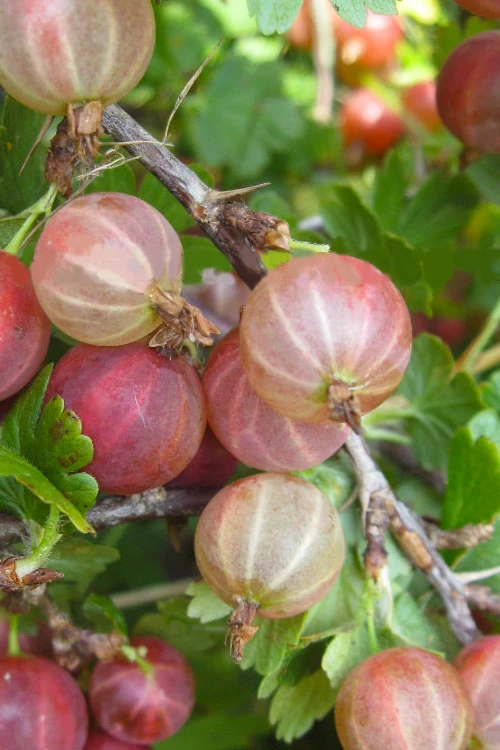

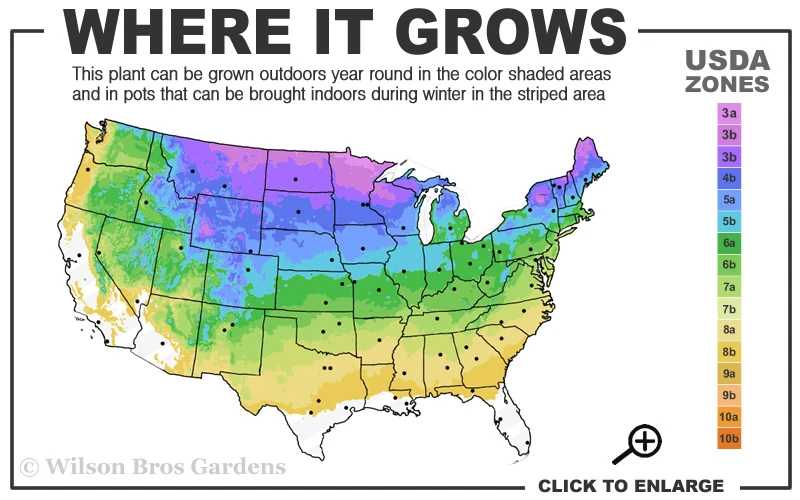

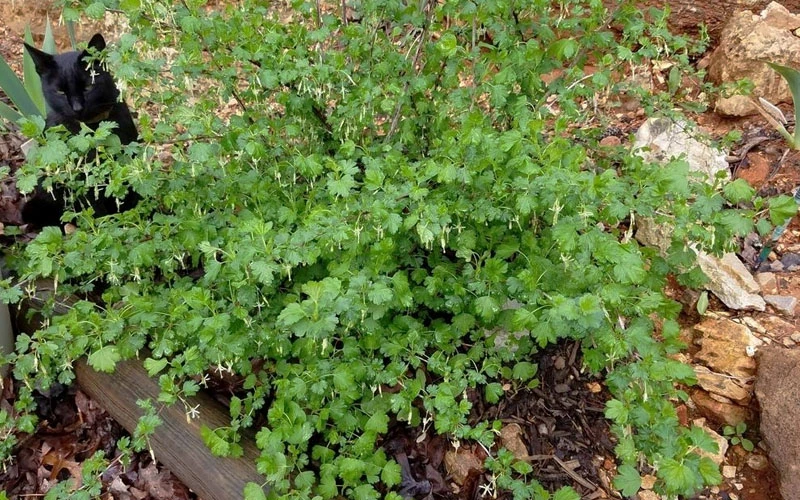




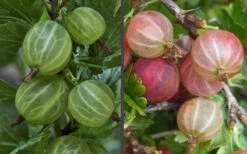
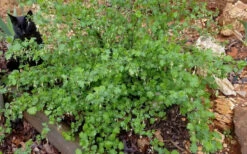
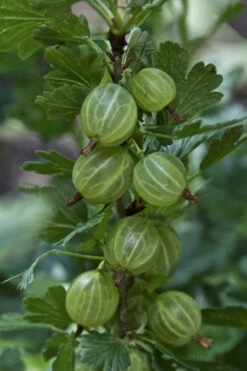
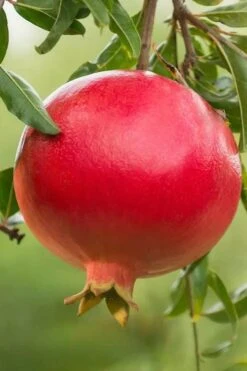
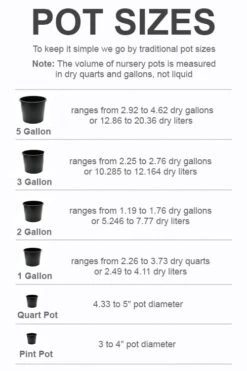
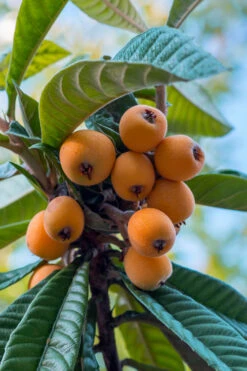

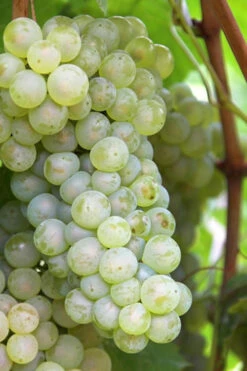
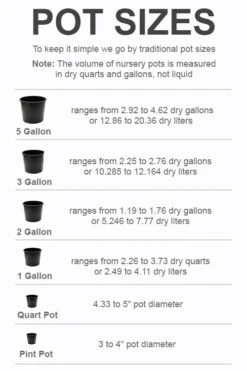



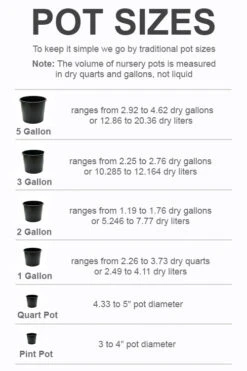
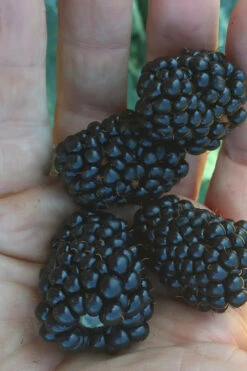
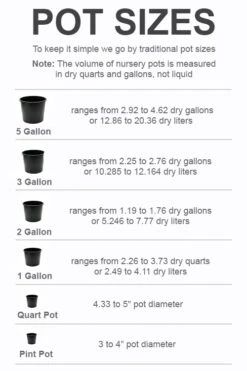



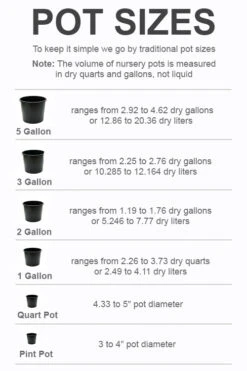
Reviews
There are no reviews yet.